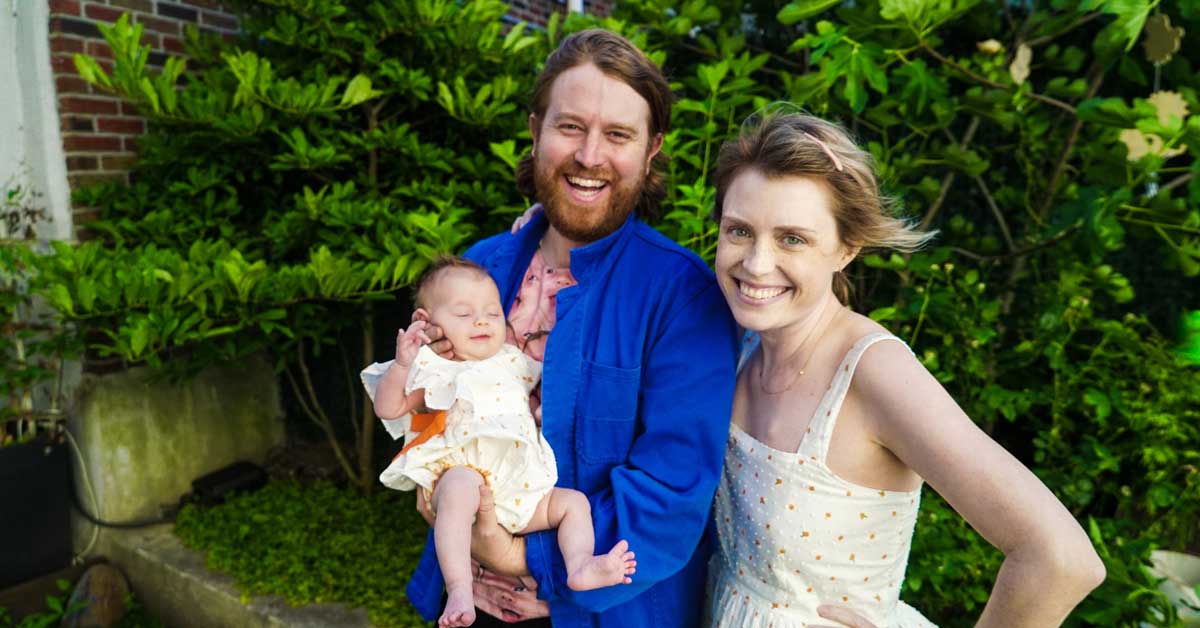Rustling leaves in luscious green trees. Well-maintained hiking trails that lead to astonishing views. Clear, untamed water rushing down a waterfall. Everyone deserves access to the beautiful experiences of nature and outdoor activity.
Inequity in outdoor spaces reaches nearly every marginalized community, from predominantly Black neighborhoods designed without green spaces, to the destruction of Indigenous lands and sacred waterways.
Another community deeply impacted by inaccessibility to nature is people with disabilities. Between a lack of structural and logistical accessibility (like ramps, inclusive outdoor gear, and more), as well as increasingly extreme weather events, it has never been more important to create a new outdoor reality for disabled individuals.
The Christopher & Dana Reeve Foundation — a nonprofit that works to cure spinal cord injury and improve the quality of life for individuals and families impacted by paralysis — is taking a multi-pronged approach to equitable access to the outdoors.
“Everyone of all abilities deserves to experience the great outdoors, as it is essential to our mental and physical well-being,” Mark Bogosian, the director of engagement of the Reeve Foundation’s National Paralysis Resource Center, told Good Good Good.
“However, the outdoors and accessibility oftentimes come into conflict, making it difficult for people living with paralysis and other disabilities to reap its benefits.”
The Accessible Outdoor Checklist
The first approach to bridging this gap is the Foundation’s Accessible Outdoor Checklist. As part of its Outdoors for Everyone initiative, this checklist is a straightforward resource aimed to encourage parks, trails, and organizations across the U.S. to create inclusive and adaptable outdoor experiences.
The checklist “outlines opportunities for parks to go beyond just ADA-compliance and create an on-the-trail experience where everyone feels safe and included,” Bogosian said.
Although Bogosian said there is “no one-size-fits-all solution to making the great outdoors accessible,” the checklist includes key guidelines about what parks and recreation centers should consider so that all disabled visitors can have a “seamless and safe” experience.
The checklist helps outdoor spaces learn how to:
- Provide proper assistance upon arrival
- Create a truly wheelchair-friendly trail
- Install accessible signage
- Remove barriers to scenery at sitting height
- Widen trail barriers to fit wheelchairs
- Clearly denote locations of accessible bathrooms, trails, side paths, etc.
Ultimately, what the Reeve Foundation hopes to accomplish is increased information across the board.

“Accessibility overall is often not considered in the way it should be, and outdoor spaces are no exception,” Bogosian said. “One of the biggest and most preventable barriers to outdoor recreation is lack of readily available information about an outdoor location — whether that be online, with customer service, or at a trailhead.”
Information like where to find accessible amenities, what potential barriers are part of a space, and where folks will encounter unpredictable terrain can create a much more inclusive and safe experience for disabled outdoorists.
“Folks living with disabilities all have different mobility levels and varying access needs. That’s why easily accessible information is essential; so the individual can determine for themselves if a site is usable for them,” Bogosian said.
“Our goal is to have parks utilize the Accessible Outdoors Checklist to maximize accessibility in all ways possible, and take accessible considerations into account in construction and renovation, as well.”
To kick the Accessible Outdoor Checklist into gear, the Reeve Foundation has formed partnerships with organizations like the Mesa Verde Foundation, Westchester Parks Foundation, First Descents, and Glacier National Park Conservancy.

As part of the Foundation’s grant program focusing on quality of life enrichment for the community it serves, these organizations are among the first to implement more accessibility changes.
“These organizations are already working to make the outdoors more accessible by implementing assistive gear like all-terrain wheelchairs and renovating trails to incorporate aspects outlined in the checklist,” Bogosian said.
More Resources for Inclusive Outdoor Experiences
As helpful as the Accessible Outdoor Checklist is, folks with disabilities still need other comprehensive resources to make outdoor recreation accessible.
Another part of the Outdoors for Everyone program is the Adaptable Recreation Resource pamphlet, which provides information on existing accessible activities and leisure programs for anyone living with paralysis or other mobility-impacting disabilities.
The pamphlet is sent to clients who seek assistance from The Reeve Foundation's Information Specialists hotline, which has been providing folks with information on accessible spaces since 2002.
“Our highly-trained Information Specialists are well-versed in educating the community on accessibility, especially in parks and outdoor spaces, by providing insight on what to look for and how to prepare for their outdoor adventures,” Bogosian explained.
The team of specialists also supports people by answering general questions and concerns about navigating life with a disability. They can be reached via phone at 1-800-539-7309, or by submitting a question online.
“Recreation, leisure, and play activities are a great equalizer,” Bogosian said. “Outdoors for Everyone aims to address the preventable limitations of those impacted by paralysis. We hope to expand this initiative in years to come, as it’s on all of us to make the outdoors more accessible.”
Header image courtesy of Daniel Moorefield/First Descents



